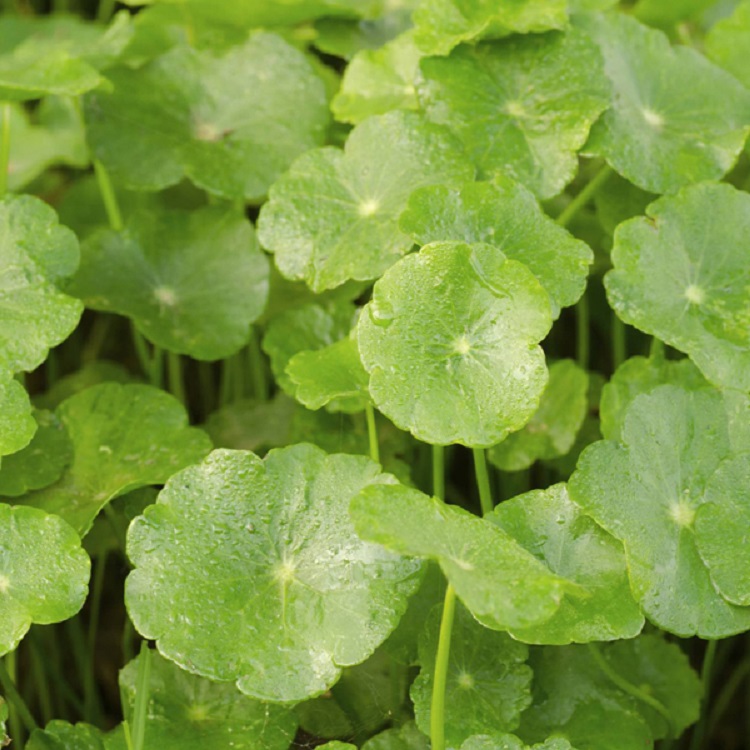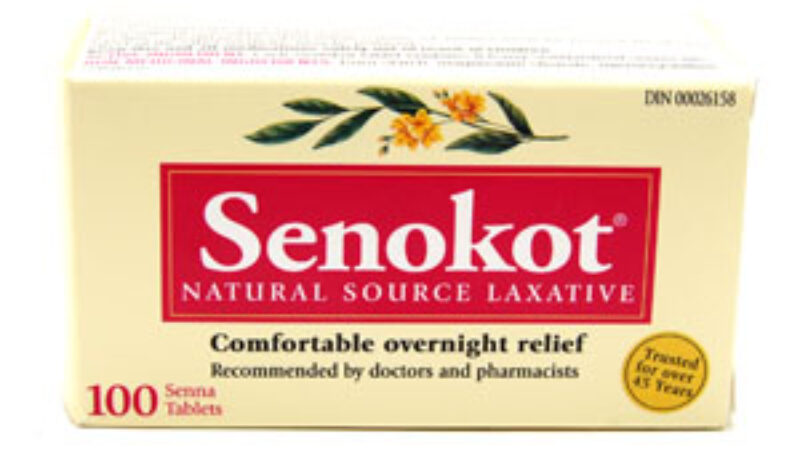You may not be immediately familiar with Centella Asiatica (or its pseudonyms Asiatic pennywort and Gotu Kola) but be prepared to get to know it better. More commonly known as centella, this herbaceous perennial plant has been used in traditional wound-healing and anti-inflammatory preparations for centuries in its native Asia. With edible leaves, centella has been used for treating coughs and sinusitis, improving memory and aiding liver disorders. As a topical treatment, centella has been used extensively for wound healing and a wide range of skin disorders.
In recent years, Centella Asiatica extract has increasingly been included in skin care formulations thanks to its antioxidant-rich properties and ability to promote healing by speeding up skin cell production. Although Centella Asiatica extract is also rich in amino acids and beta carotene, two anti-aging components in particular make this ingredient stellar: asiaticoside and madecassoside.
Wound-healing asiaticoside is a triterpenine, a class of chemical compounds produced by plants as part of their self-defense mechanism. It is believed that asiaticoside promotes the production of type I collagen, one of the major components of the skin and which helps the skin retain a plump, youthful appearance. Here’s an eye-opener: A 2011 study published in journal of chemistry Molecules found that centella extract stimulated collagen synthesis significantly better than even vitamin C, one of our favorite and most reliable skin care heroes.
Madecassoside, also classed as a triterpenine, stimulates production of type III collagen. While asiaticoside handles the wound-healing side of things, madecassoside separates itself from the pack with its anti-inflammatory properties, making it a popular ingredient for acne-prone skin. And if you think that madecassoside sounds vaguely familiar, you’d be right! La Roche Posay has long used this in their Cicaplast and Redermic C lines.
While Centella Asiatica may not yet have the buzziest of names, we’re confident this won’t be the last you’ll hear of it.




